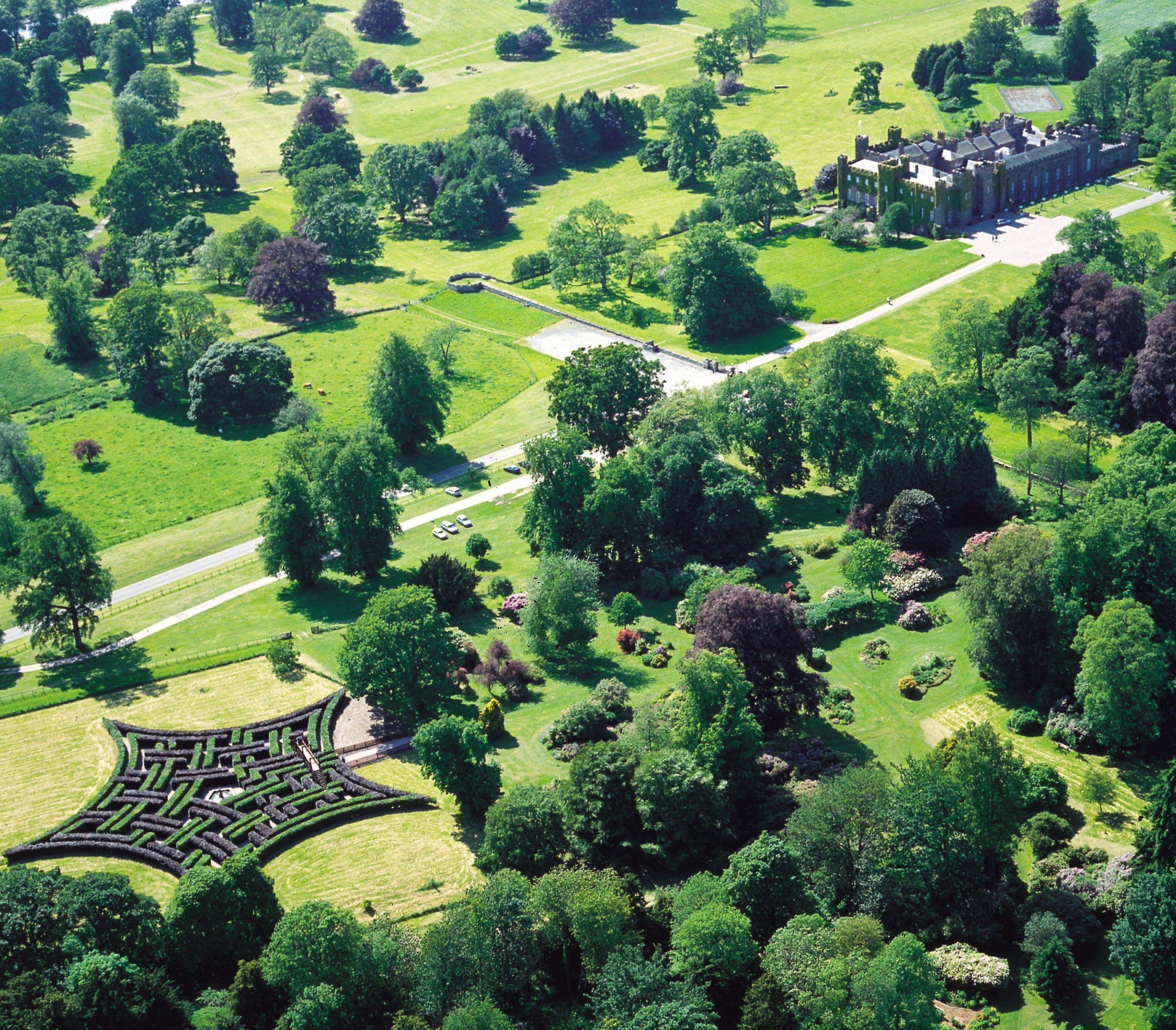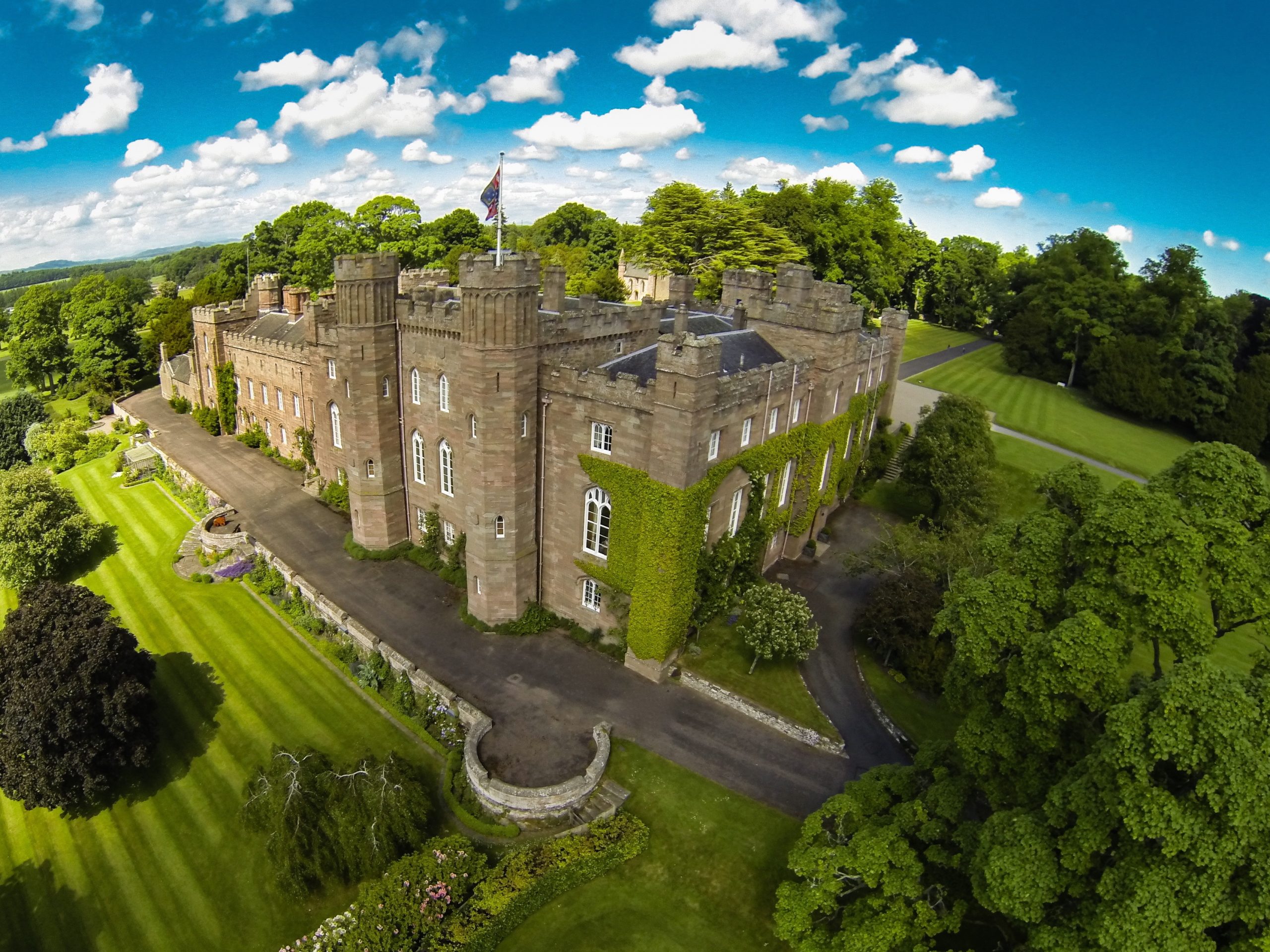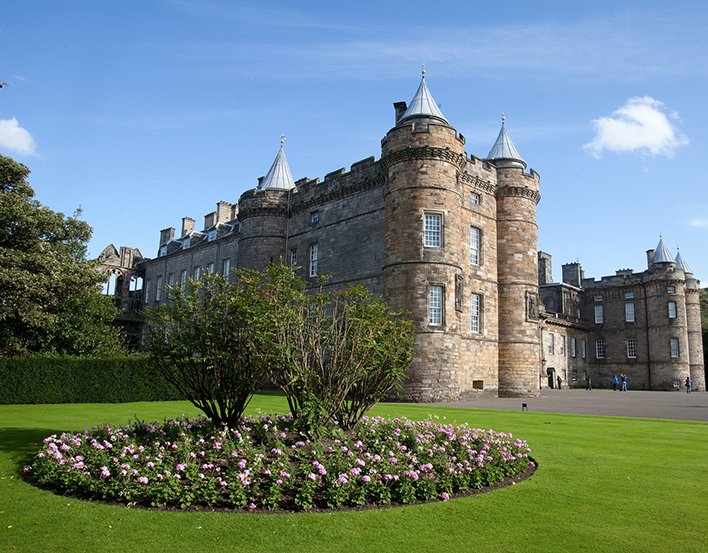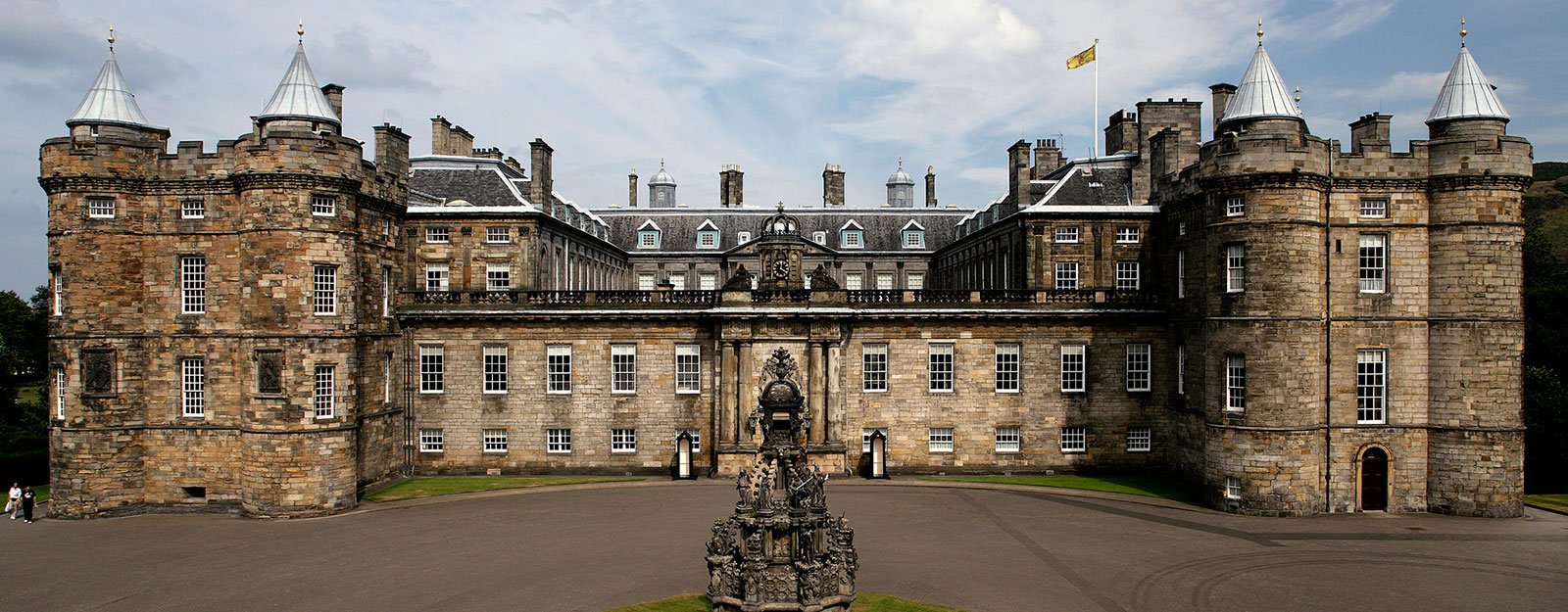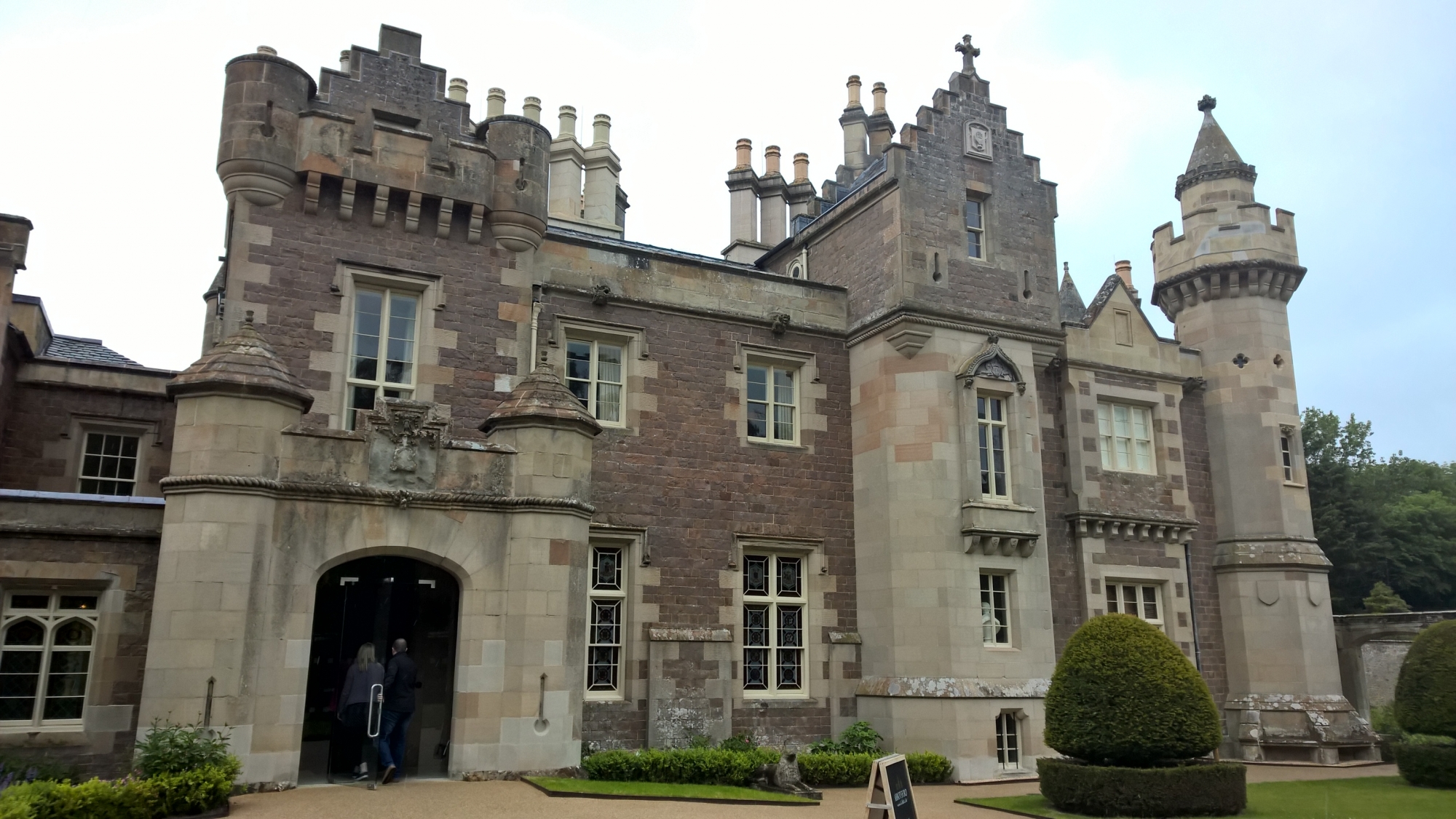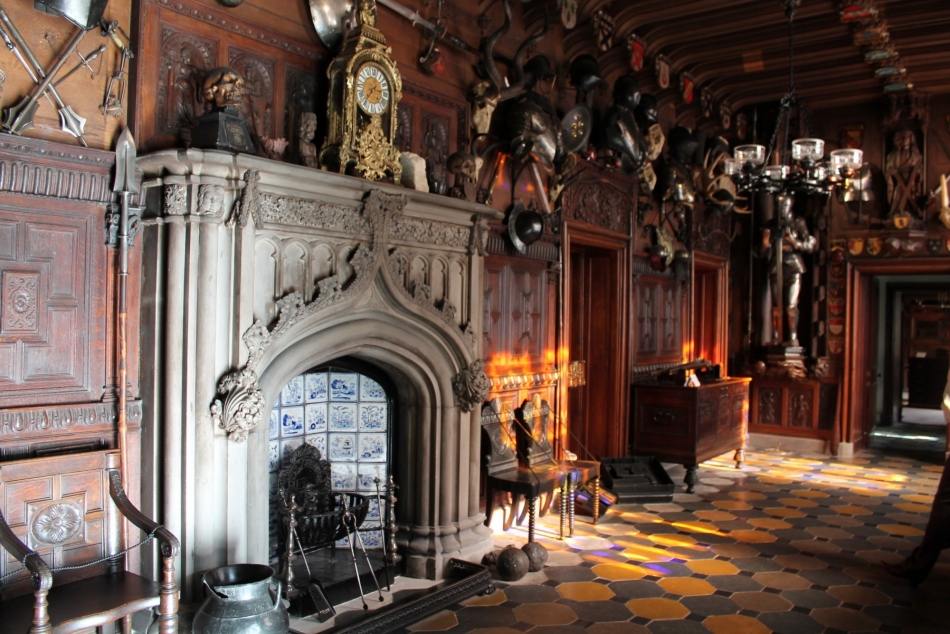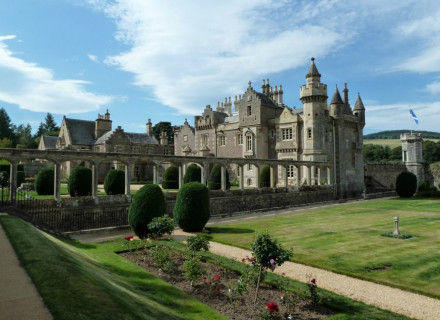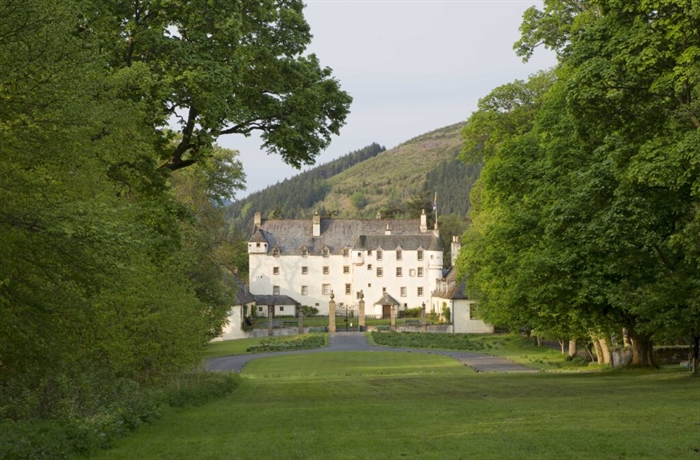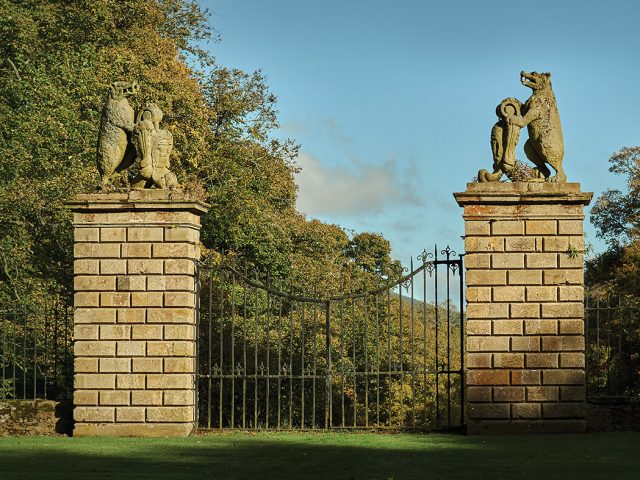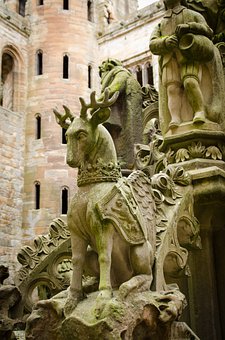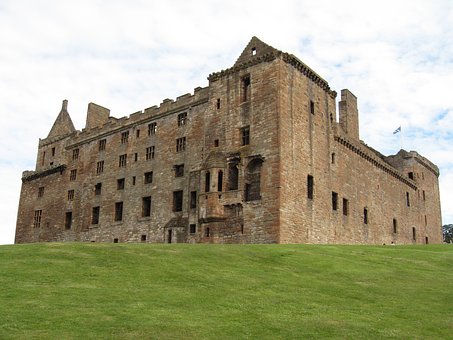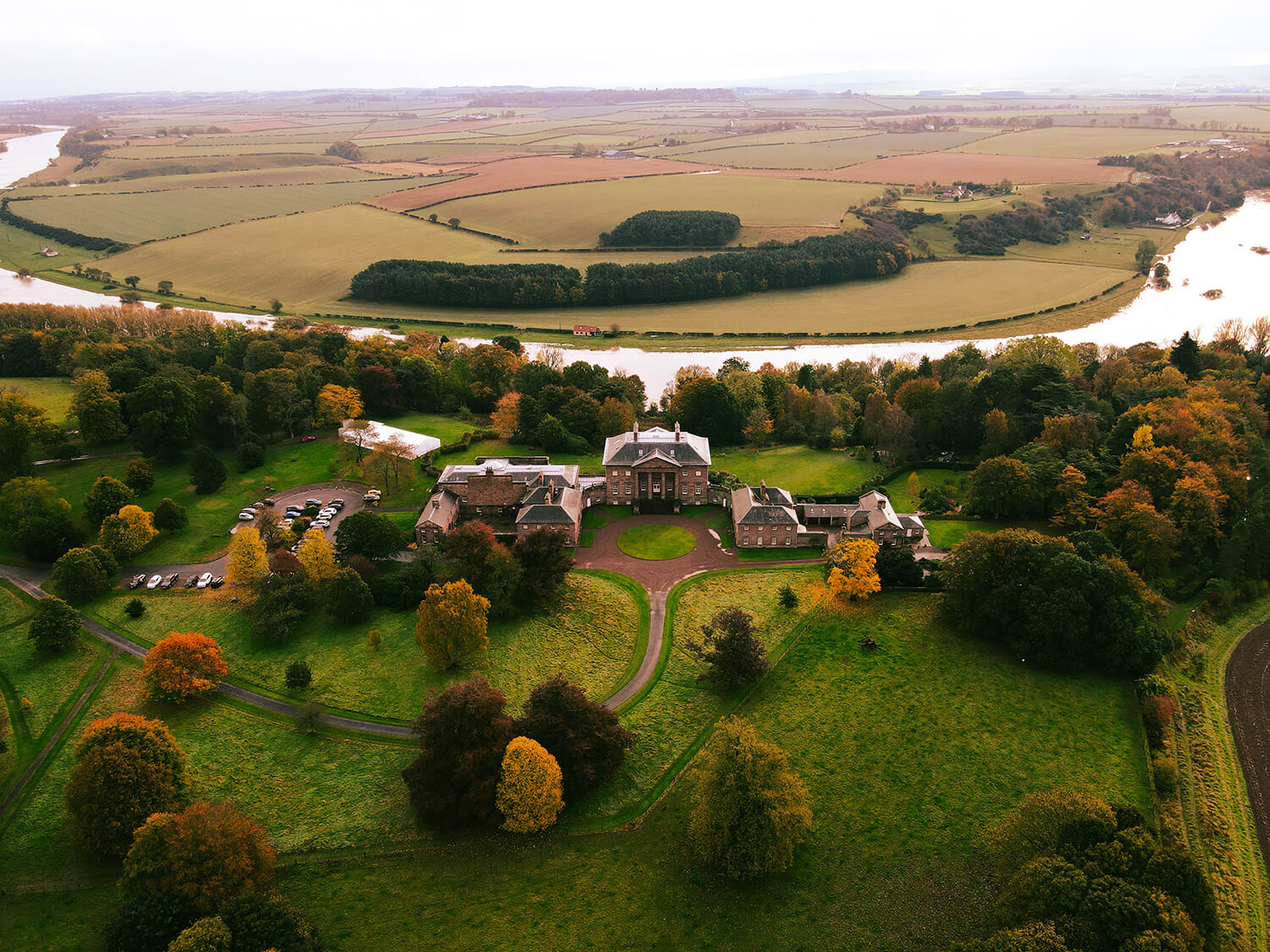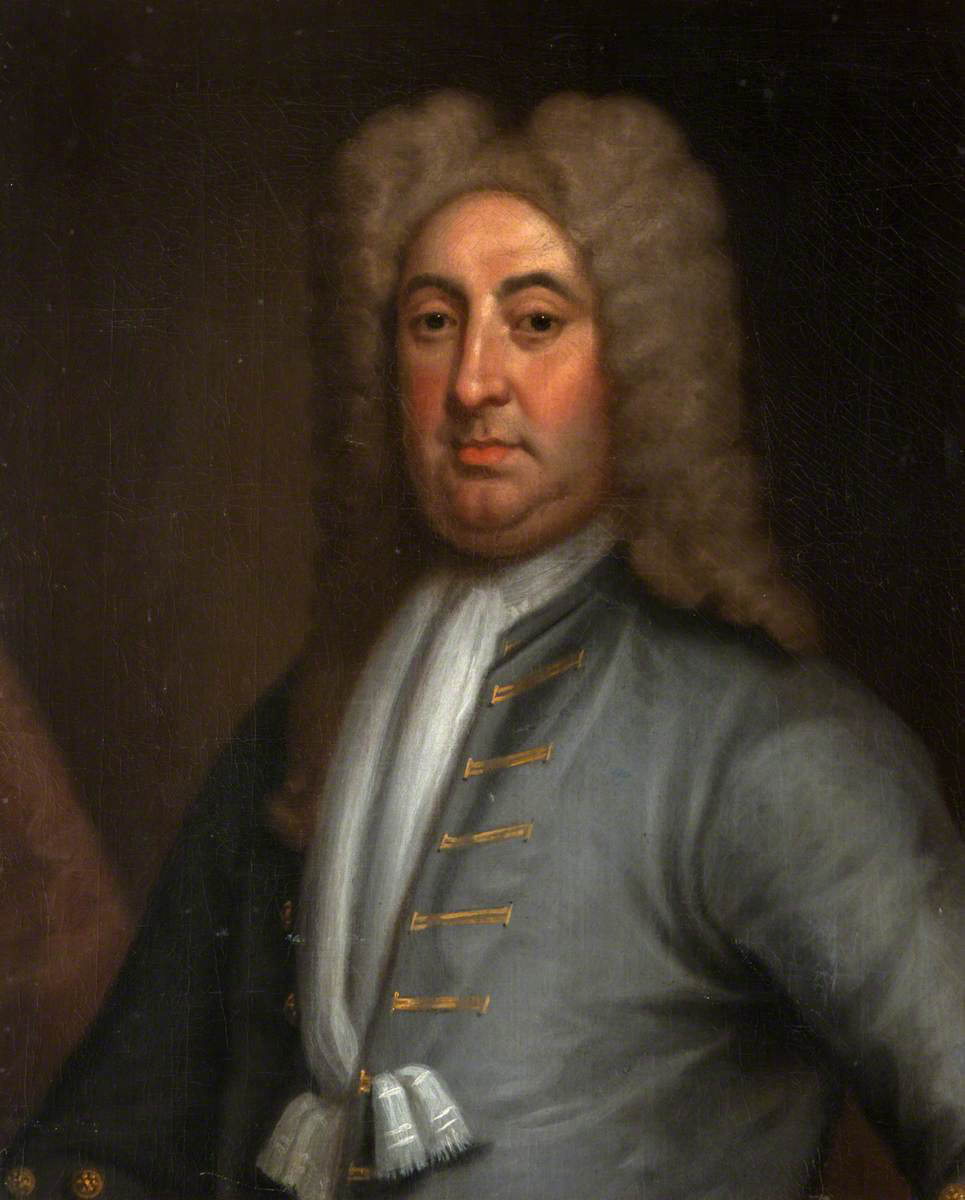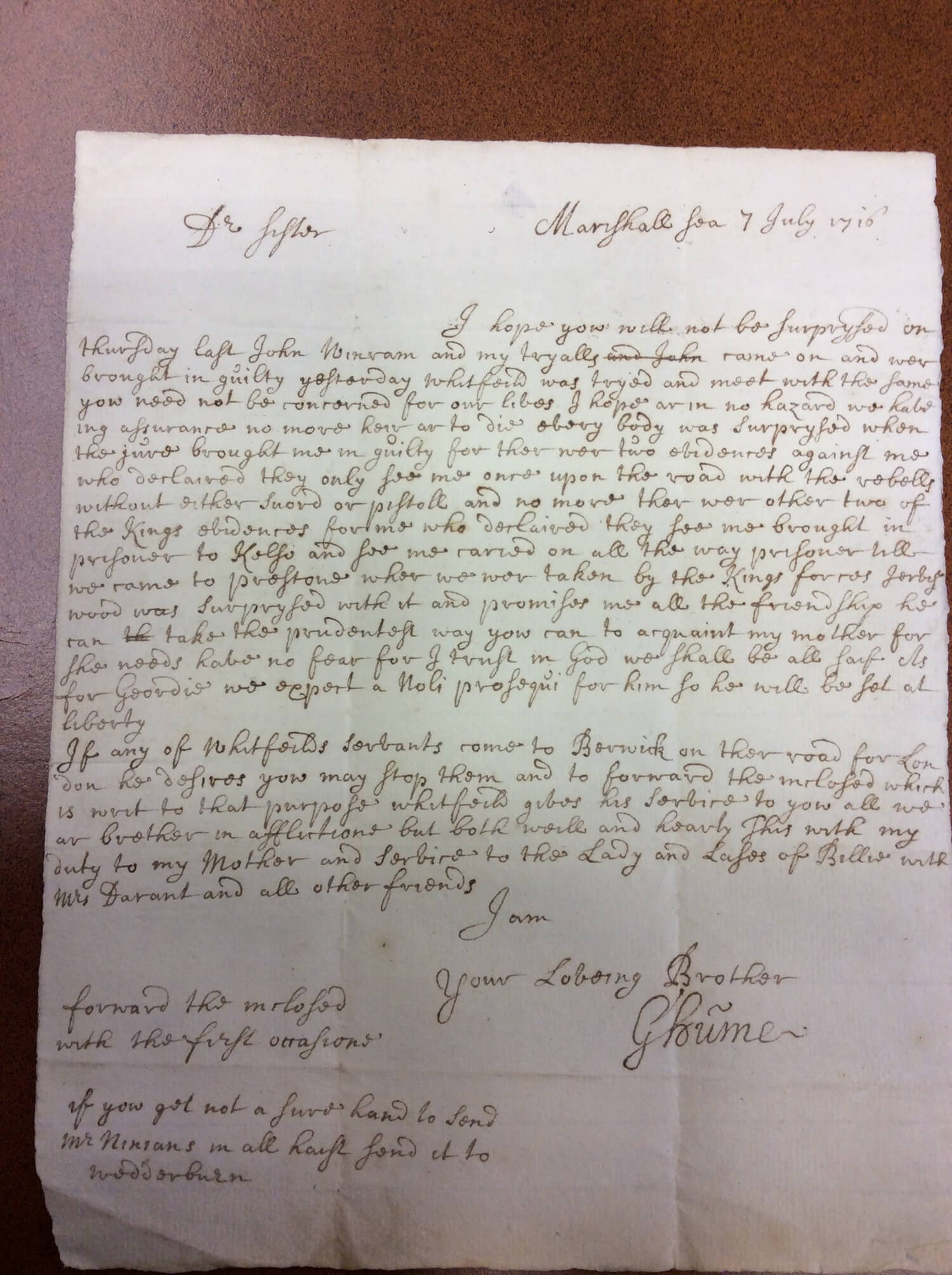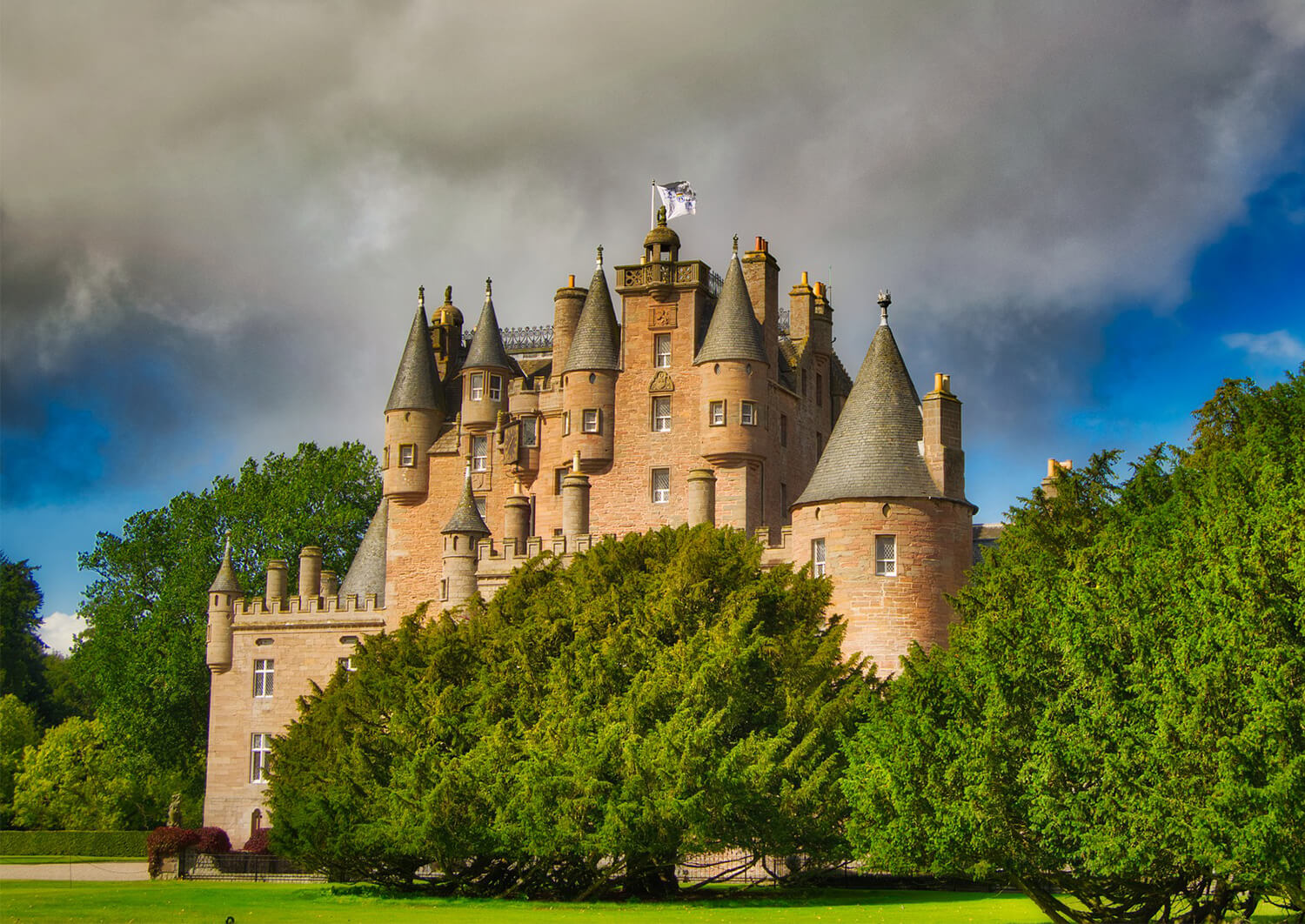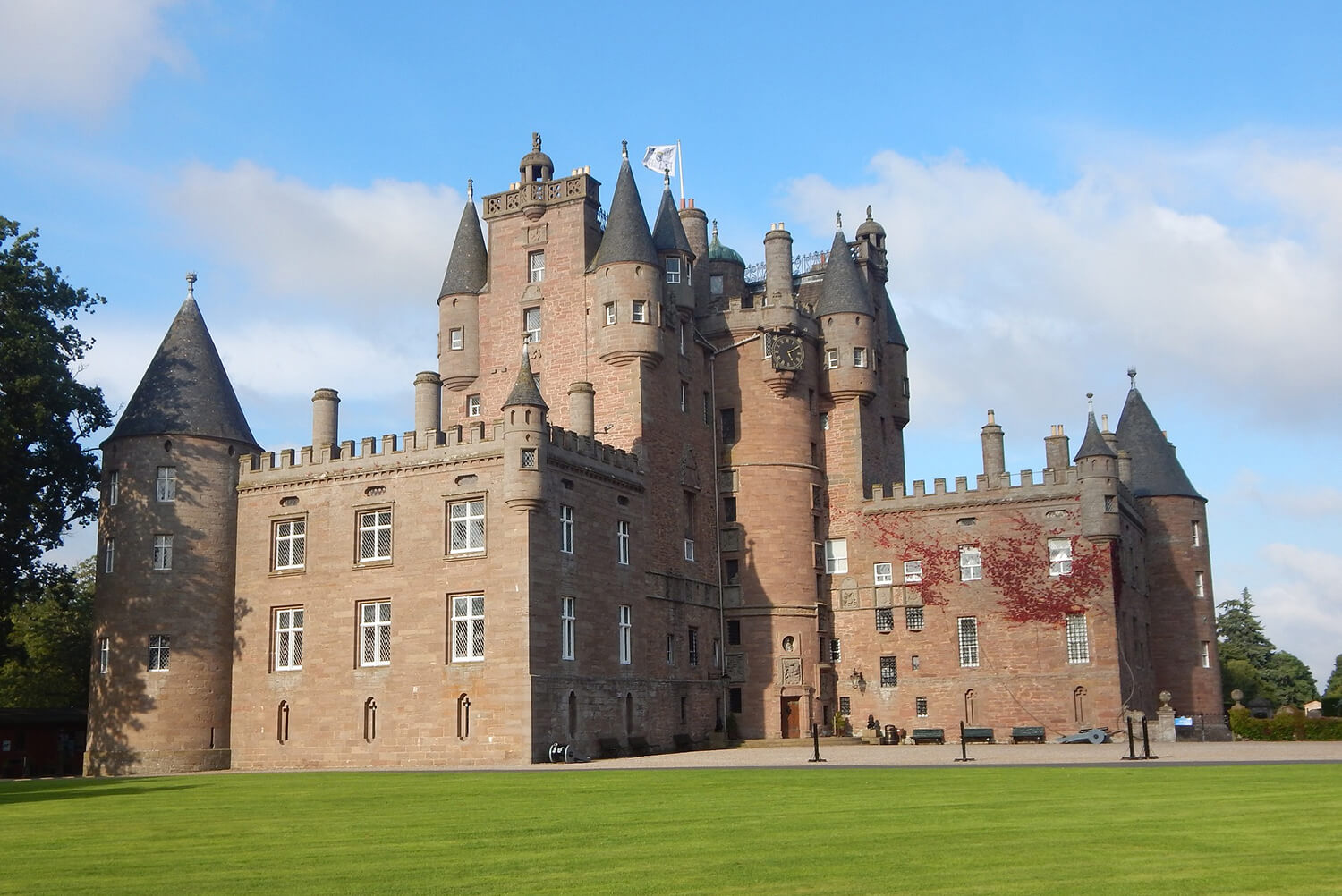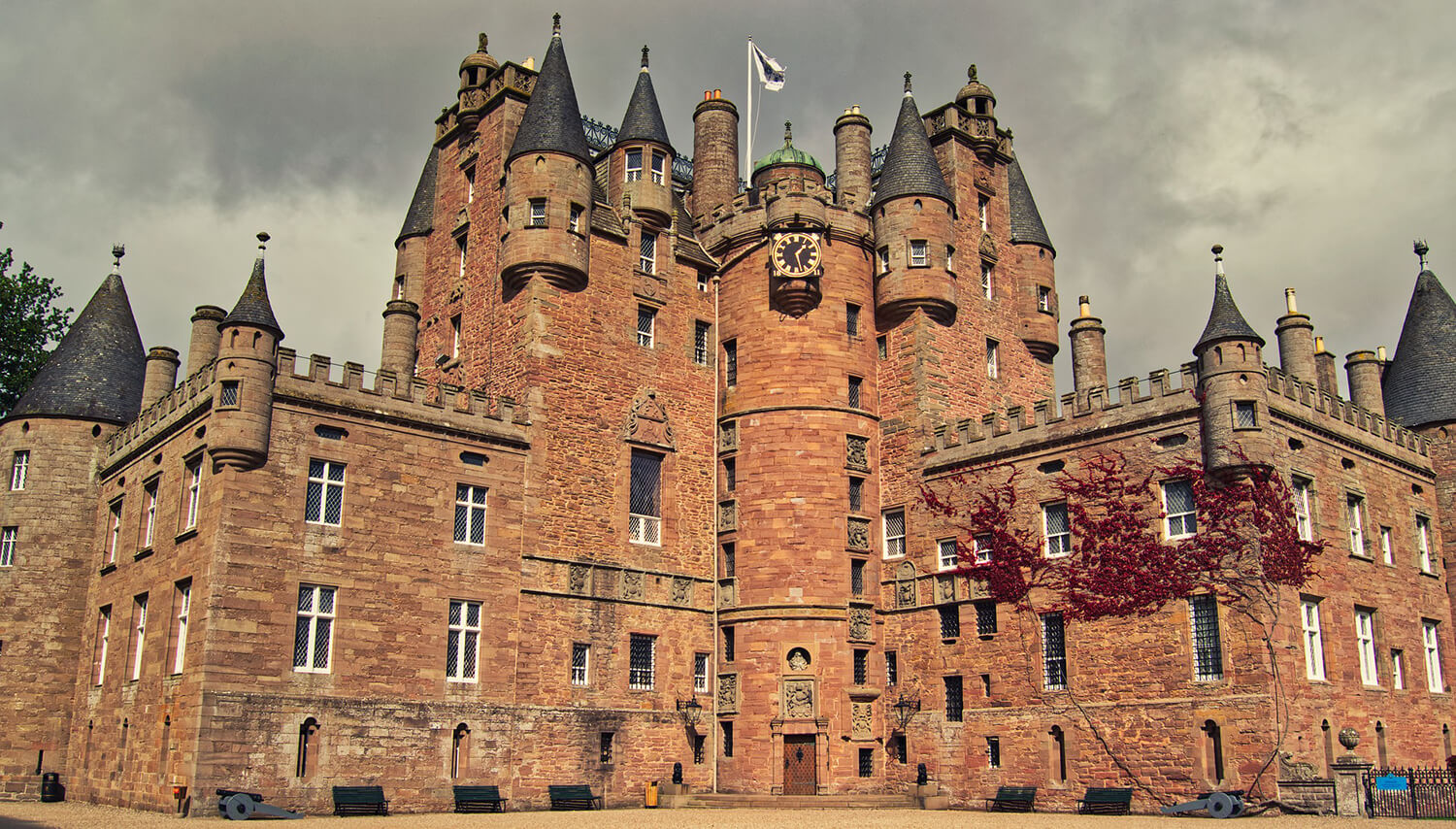From at least the 9th century the crowning-place of the Kings of Scots, a highly symbolic site and, since 1604, the home of the Murray family who were fined and imprisoned on multiple occasions for supporting the Jacobites – in 1689 for giving dinner to Claverhouse. David Murray, 5th Viscount Stormont, played host to the 'Old Pretender' (the Stuart James III and VIII) for three weeks at Scone in 1715/16 when the palace was garrisoned by a special royal bodyguard and James published several Royal Proclamations in an effort to set up his rule in Scotland. His coronation, planned to be held at Scone on 23 January 1716, never happened and the 5th Viscount was again fined and jailed along with his son David, later the 6th Viscount. Undeterred, David’s sisters entertained Prince Charles Edward at Scone thirty years later during the ’45. David's younger brother James was created Jacobite Earl of Dunbar in 1721 and became Prince Charles Edward's Governor and tutor. The collection contains Jacobite portraits and items from the Viscounts Stormont.
Access
Opening hours (seasonal). Admission charge.
Website
Contact
Tel: 01738 552300
email: help@scone-palace.co.uk

